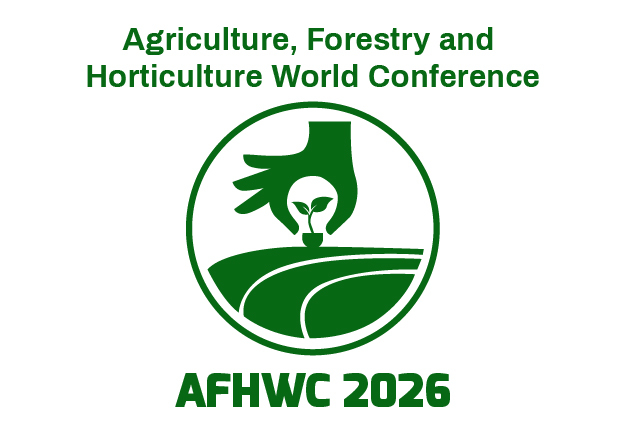Speakers - AFHWC2025
Sarsekova Dani
- Designation: Kazakh National Agrarian Research University
- Country: Republic of Kazakhstan
- Title: Integrated Monitoring of Agricultural Lands of Kazger LLC
Abstract
A forest taxation assessment of field protective plantings was carried out on the farmland of Kazger LLP together with a reconnaissance survey of the terrain, combining field research and GIS remote sensing technology. Geodetic and topographical survey was carried out to determine the lowest levels of the terrain, identifying the areas of optimal accumulation of drainage melt water, with a view to their further use for irrigating fields. Digital terrain models (DTM) were constructed, after which 3 potential storage ponds for drainage melt water were identified. Agrochemical studies of soils were carried out to a depth of 120 cm for the content of nitrate nitrogen, mobile phosphorus, exchangeable potassium, humus, pH and soil salinity. In all studied samples, low and very low content of nitrate nitrogen was recorded (0.4-9.4 mg/kg). In the upper soil layers (0-20 cm), the P2O5 content was average (16.3-24.6 mg/kg); in the lower soil horizons, however, a sharp decrease in the concentration of available phosphorus was detected. Agrochemical studies exhibited high and very high content of exchangeable potassium (>400 mg/kg) in the upper soil horizons. As the soil profile decreases, a gradual decrease in the content of exchangeable potassium was detected. The research results showed very low (<2%) and low (<4%) humus content in farmland soils. The pH values of soil samples ranged from slightly alkaline (pH 8.2) to alkaline (pH 9.6). It was revealed that the soils of the studied areas were non-saline.
A chemical analysis of drainage melt water was carried out to determine the oxygen conditions, organoleptic indicators, water mineralization, content of biogenic substances, heavy metals and toxicants. According to organoleptic indicators, total mineralization, total hardness, pH of the environment, content of SО42-, NО3-, Сl-, СО32-, Са2+, Мg2+, ∑Na+K, Pb2+, Sr2+, Astotal all tested samples correspond to class 1 water quality, i.e. water from reservoirs of «very good quality». According to the CODdichr and BOD5 indicators, all water bodies are characterized as «highly polluted», which corresponds to pollution class 5. The CODdichr, BOD5 indicators indicate severe pollution of water bodies with organic substances. Pollution of all water bodies with ions is observed: НСО3-, Ptotal, Al3+, Zn2+, Hgtotal, ∑Fe2+, Fe3+. The most polluted is reservoir № 1. For the contour-strip organization of agricultural lands using the Potapenko-Lukin-Zverev method in combination with technologies for accumulating drainage melt water, recommendations are given on the species composition of mixed, drought-resistant, salt-tolerant forest crops.


